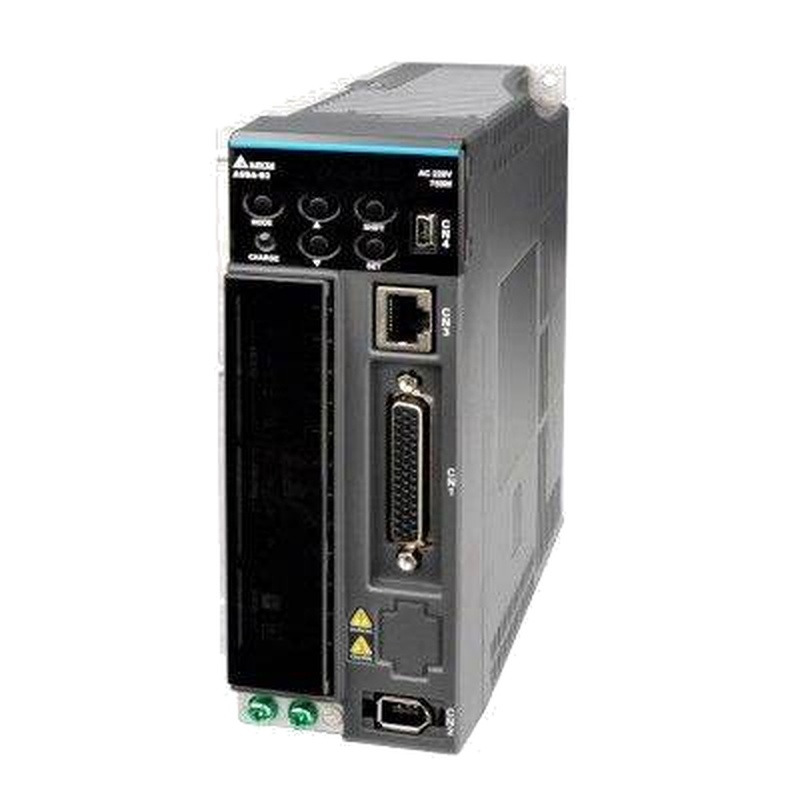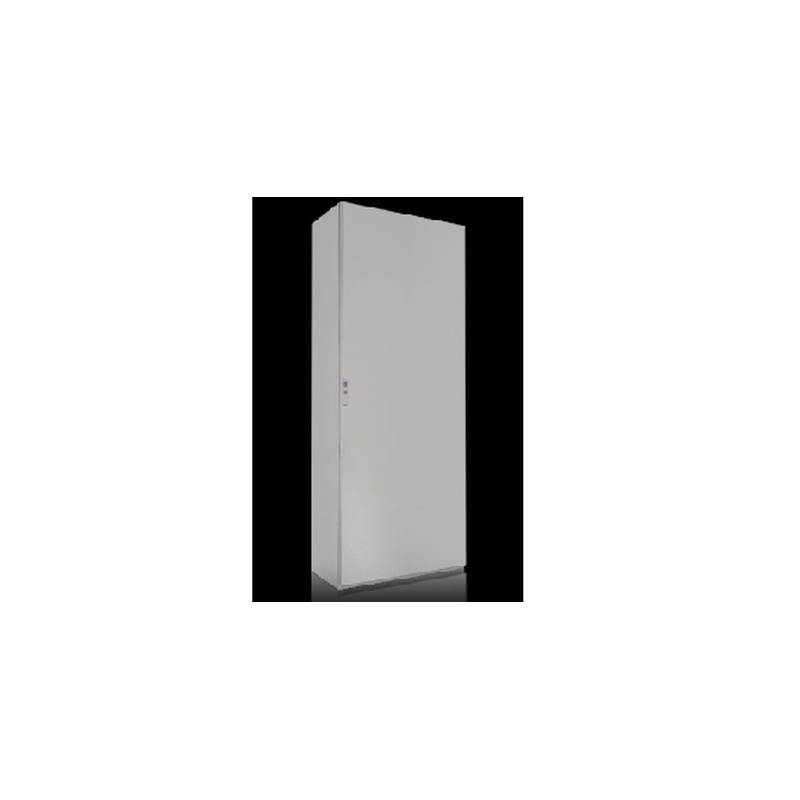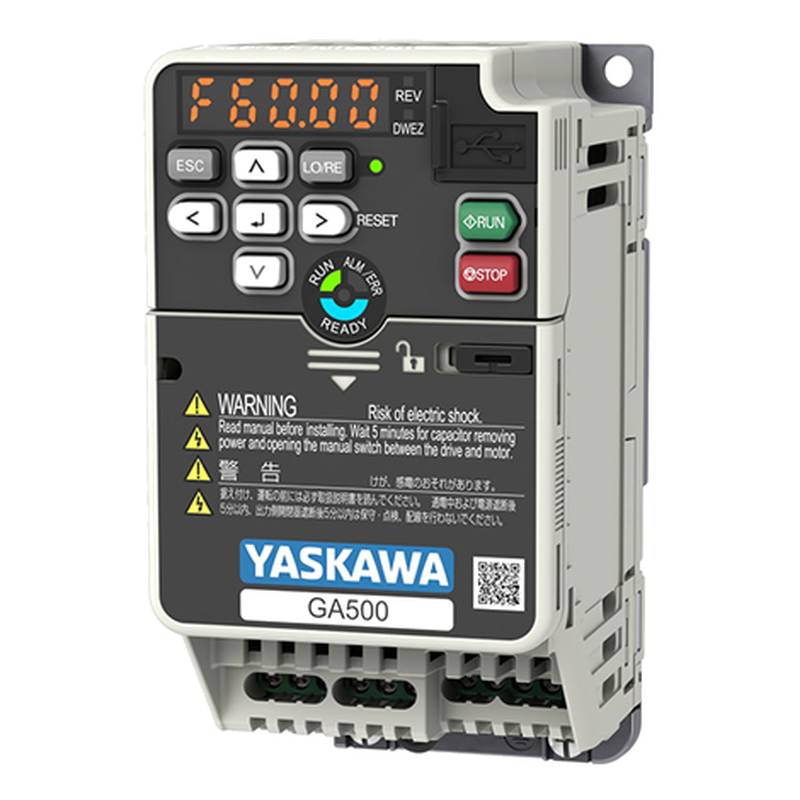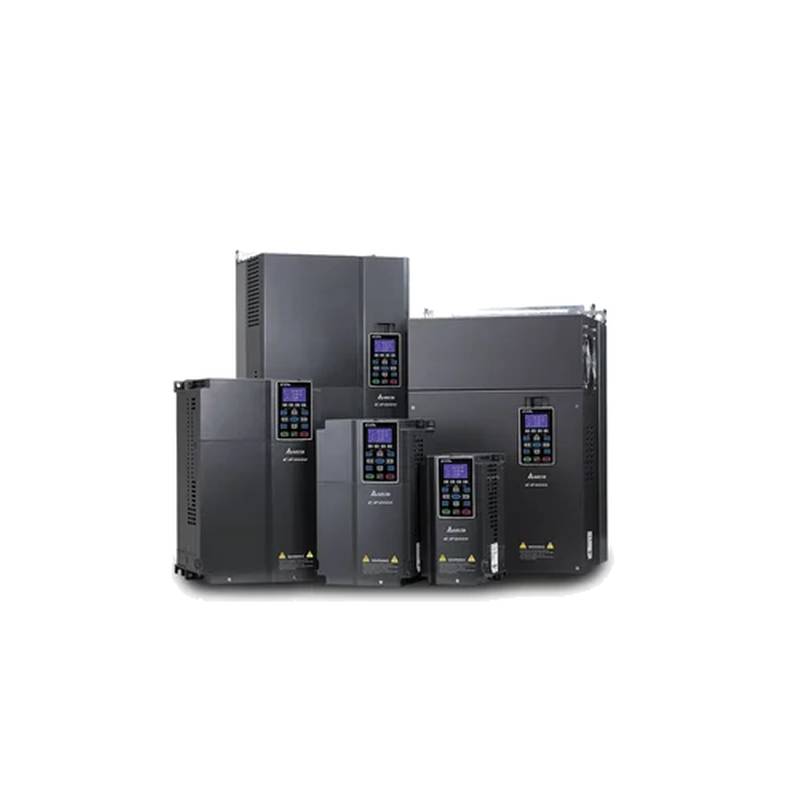
The Siemens 5SU9326-1CN16 is a high-performance Residual Current Protection (RCD) module designed for robust electrical safety in demanding industrial environments. This 2-pole, 16A, 30mA sensitive device, featuring a Type C tripping characteristic, offers superior protection against earth faults and indirect contact. Its compact design ensures easy integration into standard switchgear, while its advanced tripping mechanism provides rapid response to leakage currents, minimizing risks to personnel and equipment. The module's reliable performance makes it an indispensable component for safeguarding electrical installations across various industrial sectors.
Product Specifications
| Feature | Specification |
| :----------------------- | :------------------------------------------ |
| Manufacturer | Siemens |
| Product Number | 5SU9326-1CN16 |
| Poles | 2 |
| Rated Current (In) | 16A |
| Rated Residual Current (IΔn) | 30mA |
| Tripping Characteristic | Type C |
| Rated Voltage (Ue) | 230/400V |
| Frequency | 50/60 Hz |
| Insulation Voltage (Ui) | 500V |
| Impulse Withstand Voltage | 4kV |
| Mounting Type | DIN Rail (35mm) |
| Protection Class | IP20 (enclosure), IP40 (terminal area) |
| Ambient Temperature Range | -25°C to +55°C |
| Compliance | IEC/EN 61009-1 |
Core Features & Market Positioning
The Siemens 5SU9326-1CN16 stands out in the competitive landscape due to its unwavering commitment to safety and operational integrity. Its Type C tripping characteristic is a key differentiator, providing enhanced immunity to nuisance tripping caused by transient overcurrents common in industrial applications with inductive loads, such as motors and transformers. This advanced sensitivity ensures that while protecting against dangerous earth faults, it minimizes unnecessary disconnections, thereby boosting operational continuity. Positioned as a premium solution, it leverages Siemens' renowned engineering expertise to deliver exceptional reliability and longevity, essential for critical infrastructure where downtime is costly. The module’s robust construction and adherence to stringent international standards like IEC/EN 61009-1 underscore its suitability for high-stakes environments.
Key Application Scenarios
This residual current protection module is exceptionally well-suited for a wide array of industrial applications where electrical safety and operational reliability are paramount. It is a critical component in power distribution systems for manufacturing plants, safeguarding machinery and personnel from the hazards of earth leakage currents. In commercial buildings, it provides essential protection for lighting circuits, HVAC systems, and office equipment, ensuring compliance with safety regulations and preventing electrical fires. For infrastructure projects such as water treatment facilities or transportation networks, the 5SU9326-1CN16 offers dependable protection in potentially harsh environments. Its adaptability also extends to renewable energy installations, protecting inverters and associated DC/AC conversion equipment where reliable fault detection is crucial.
Practical System Integration Guidance
Integrating the Siemens 5SU9326-1CN16 into existing or new electrical systems is straightforward, thanks to its standard DIN rail mounting and clear terminal markings. For a two-pole configuration, line and neutral conductors are connected to the designated input terminals, ensuring correct polarity. Output terminals then connect to the protected circuit. It is crucial to verify that the incoming supply voltage and frequency match the module's specifications (230/400V, 50/60 Hz) before energizing. The module should be installed in an enclosure offering at least IP20 protection for the device itself and IP40 for the terminal areas to prevent accidental contact. Proper grounding of the distribution board is a prerequisite for the effective operation of any residual current device.
Operation and Risk Mitigation
The Siemens 5SU9326-1CN16 operates by continuously monitoring the balance of current flowing through the line and neutral conductors. If an imbalance exceeding the rated residual current of 30mA occurs, indicating current leakage to earth, the module rapidly disconnects the circuit within milliseconds, significantly reducing the risk of electric shock and fire hazards. To mitigate operational risks, regular testing of the RCD's functionality using its integrated test button is highly recommended, ideally monthly, to ensure the tripping mechanism remains operational. Avoid overloading the circuit beyond its rated 16A capacity. In case of persistent tripping, a thorough inspection of the protected circuit for insulation faults or short circuits is necessary before re-energizing.
Scalability & Long-Term Value
The 5SU9326-1CN16 offers excellent long-term value through its robust design and compatibility with Siemens' broader industrial control and automation platforms. Its integration into standard switchgear ensures that it can be easily incorporated into existing infrastructure and supports future upgrades or expansions. While the module itself is a fixed-spec device, scalability is achieved at the system level by employing multiple units for different circuits or by integrating it within intelligent electrical distribution boards that can interface with Building Management Systems (BMS) or SCADA for remote monitoring and control. This ensures that electrical safety remains a cohesive and manageable aspect of evolving industrial processes and smart building solutions.
Frequently Asked Questions
What is the primary function of the Siemens 5SU9326-1CN16 module?
The Siemens 5SU9326-1CN16 is a residual current protection module. Its main purpose is to protect electrical circuits from dangerous earth leakage currents. It ensures safety by quickly disconnecting power when it detects an imbalance in current flow.
This rapid disconnection prevents electric shock to individuals and mitigates the risk of electrical fires. It is designed for use in two-pole circuits, commonly found in industrial and commercial electrical distribution systems.
The module's sensitivity is rated at 30mA, which is suitable for protecting people against indirect contact with live parts. Its Type C characteristic provides added immunity to transient surges.
How does the Type C tripping characteristic benefit industrial applications?
The Type C tripping characteristic offers enhanced immunity to nuisance tripping. This is particularly advantageous in industrial settings where inductive loads, such as motors, transformers, and fluorescent lighting ballasts, are prevalent.
These types of loads can generate temporary inrush currents when switched on. A standard Type B or Type A RCD might trip unnecessarily due to these brief surges. The Type C characteristic allows for higher transient currents before tripping.
By preventing spurious trips, the 5SU9326-1CN16 ensures greater operational continuity and reduces unnecessary downtime in production or critical processes. This makes it a more reliable choice for demanding industrial environments.
Can the Siemens 5SU9326-1CN16 be used for overcurrent protection?
No, the Siemens 5SU9326-1CN16 is primarily a residual current protection device (RCD). Its core function is to detect and respond to earth leakage currents, not overcurrents or short circuits.
For protection against overloads and short circuits, separate protective devices like miniature circuit breakers (MCBs) or fuses are required. These devices are designed to interrupt the circuit based on the magnitude and duration of the current exceeding safe limits.
It is standard practice to combine an RCD, like the 5SU9326-1CN16, with an MCB in a distribution system. The MCB protects against overcurrents, while the RCD provides life and fire protection against earth faults.
What is the maximum current rating for the Siemens 5SU9326-1CN16 module?
The Siemens 5SU9326-1CN16 module has a rated current of 16 Amperes (16A). This specifies the maximum continuous current the device can handle without overheating or malfunctioning under normal operating conditions.
Exceeding this 16A rating on the protected circuit can lead to excessive heat generation within the wiring and the module itself. It may also cause the upstream overcurrent protection device (like an MCB) to trip prematurely if it's sized too close to this limit.
It is essential to ensure that the total connected load on the circuit protected by this module does not exceed its 16A capacity to maintain safety and operational integrity. Always consult load calculations and electrical codes for proper circuit sizing.
What does 30mA residual current sensitivity mean for safety?
A 30mA residual current sensitivity indicates that the module will trip when it detects a leakage current of 30 milliamperes (mA) or more flowing to earth. This level of sensitivity is considered crucial for protecting human life from electric shock.
When a person touches a live conductor with faulty insulation, their body can provide a path for current to flow to the ground. If this leakage current exceeds approximately 30mA, it can be dangerous, causing muscle contractions and respiratory distress.
By tripping within milliseconds of detecting a 30mA leakage, the 5SU9326-1CN16 significantly reduces the duration of the electric shock, thereby minimizing the risk of serious injury or fatality. It is a vital safety feature for preventing indirect contact hazards.
How is the Siemens 5SU9326-1CN16 installed in a control panel?
Installation involves securely mounting the 5SU9326-1CN16 module onto a standard 35mm DIN rail within the control panel. The module features two poles, meaning it requires two connections for the incoming power supply (line and neutral).
The line conductor from the power source is connected to the designated 'L' input terminal, and the neutral conductor to the 'N' input terminal. After the module, the protected circuit's line and neutral conductors are connected to the corresponding output terminals.
Ensure all connections are tight and secure to prevent poor contact and overheating. Proper grounding of the panel and the protected equipment is also essential for the RCD to function correctly and provide its intended safety.
What type of circuits is the Siemens 5SU9326-1CN16 best suited for?
This module is ideal for circuits requiring protection against earth faults and indirect contact in industrial and commercial settings. Its Type C characteristic makes it particularly suitable for circuits supplying equipment with moderate inrush currents.
Examples include lighting circuits, socket outlets, and circuits powering small to medium-sized motors or pumps. It's commonly used in distribution boards feeding machinery, control systems, and general power distribution within buildings.
Its 16A rating and 30mA sensitivity are well-suited for branch circuits where personnel protection is a primary concern, aligning with most electrical safety standards for general-purpose circuits.
What is the rated voltage and frequency for this module?
The Siemens 5SU9326-1CN16 is designed to operate with a rated voltage (Ue) of 230/400 Volts. It is also compatible with a standard industrial frequency range of 50 to 60 Hertz (Hz).
Using the module with voltages significantly outside this range can lead to malfunction or damage. Similarly, operating it at frequencies other than 50Hz or 60Hz is not recommended and may void its warranty.
Always verify that the electrical supply characteristics of the installation match the specifications of the 5SU9326-1CN16 before connecting it to the circuit to ensure safe and reliable operation.
How often should the test button on the 5SU9326-1CN16 be used?
The test button integrated into the 5SU9326-1CN16 is designed to simulate an earth fault condition. It should be used periodically to verify the correct functioning of the RCD's tripping mechanism.
A common recommendation is to test the device monthly. This regular testing ensures that the RCD will operate as intended in the event of a real earth fault, providing continuous safety assurance.
Before pressing the test button, ensure the circuit is energized. After pressing the button, the module should trip, disconnecting the power. If it does not trip, the module should be immediately replaced as it is no longer providing adequate protection.
What standards does the Siemens 5SU9326-1CN16 comply with?
The Siemens 5SU9326-1CN16 complies with the international standards IEC/EN 61009-1. This standard specifically covers residual current operated protective devices incorporating overcurrent protection, for household and similar uses (often referred to as RCBOs).
Compliance with IEC/EN 61009-1 signifies that the product has undergone rigorous testing and meets defined performance, safety, and construction requirements set by international bodies.
This adherence to recognized standards ensures that the module is suitable for its intended applications and provides a reliable level of safety in electrical installations globally.
























